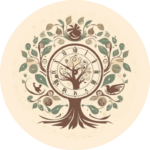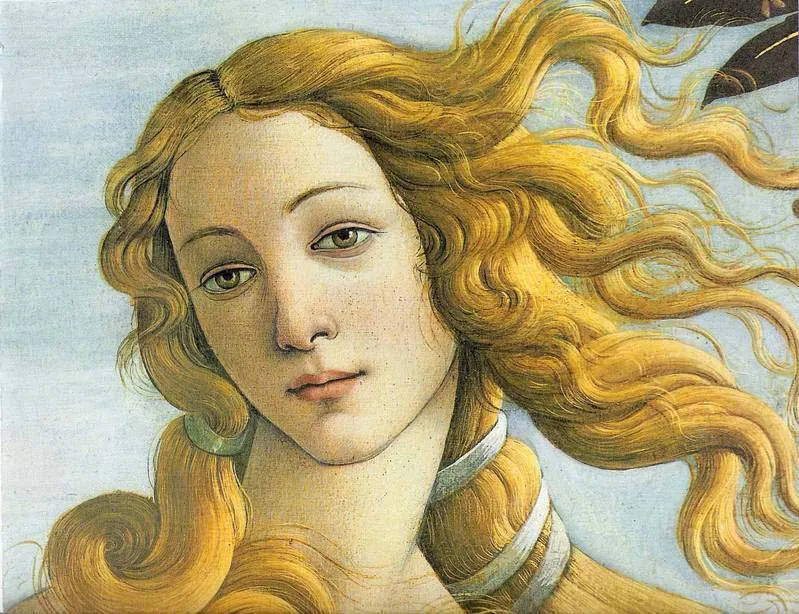Imagine you’re living in Renaissance Florence and you notice you’re losing your hair; maybe you’re a man who’s growing bald, or maybe you’re a woman who’s just given birth. What could you do to treat hair loss? Well, you could use a recipe like this: Yes, people really did use animal excrements in cosmetic and medical recipes – much more …
How to Clean Your Body in the Renaissance
One of the silliest historical myths out there is that people in the past were somehow ‘dirty’ and had poor hygiene, especially compared to today’s standards. Of course, I’m generalising; each culture had different practices depending on time and place. But think of people living in the Italian Renaissance: how did they cleanse their bodies? Bodily hygiene was intimately connected …
What are the ‘Non-Naturals’?
When I was growing up, I was told to avoid cold showers if I was having my period. I was also not supposed to leave the house with my hair wet unless it was summer. When we travelled to the mountains, my maternal grandmother would ‘fill her lungs with forest air’. She claimed to feel instantly healthier.




